PPT-Part 2 Wireless Technology is all encompassing now days. It seems wireless networks are
Author : volatilenestle | Published Date : 2020-06-19
Wireless is Global The standard radio frequencies run in the range of 3Hz to 300 GHz There is other frequencies used for example the 222 MHz through 225 MHz is
Presentation Embed Code
Download Presentation
Download Presentation The PPT/PDF document "Part 2 Wireless Technology is all encomp..." is the property of its rightful owner. Permission is granted to download and print the materials on this website for personal, non-commercial use only, and to display it on your personal computer provided you do not modify the materials and that you retain all copyright notices contained in the materials. By downloading content from our website, you accept the terms of this agreement.
Part 2 Wireless Technology is all encompassing now days. It seems wireless networks are: Transcript
Download Rules Of Document
"Part 2 Wireless Technology is all encompassing now days. It seems wireless networks are"The content belongs to its owner. You may download and print it for personal use, without modification, and keep all copyright notices. By downloading, you agree to these terms.
Related Documents

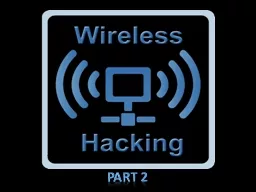


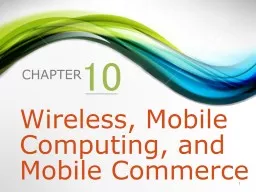

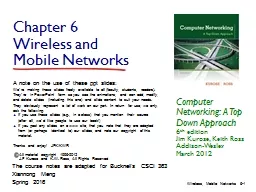

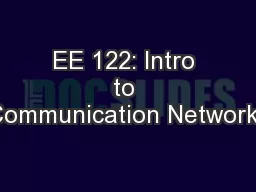
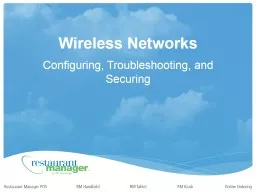




![[BOOK]-Status: Why Is It Everywhere? Why Does It Matter?: Why Is It Everywhere? Why Does](https://thumbs.docslides.com/956296/book-status-why-is-it-everywhere-why-does-it-matter-why-is-it-everywhere-why-does-it-matter.jpg)